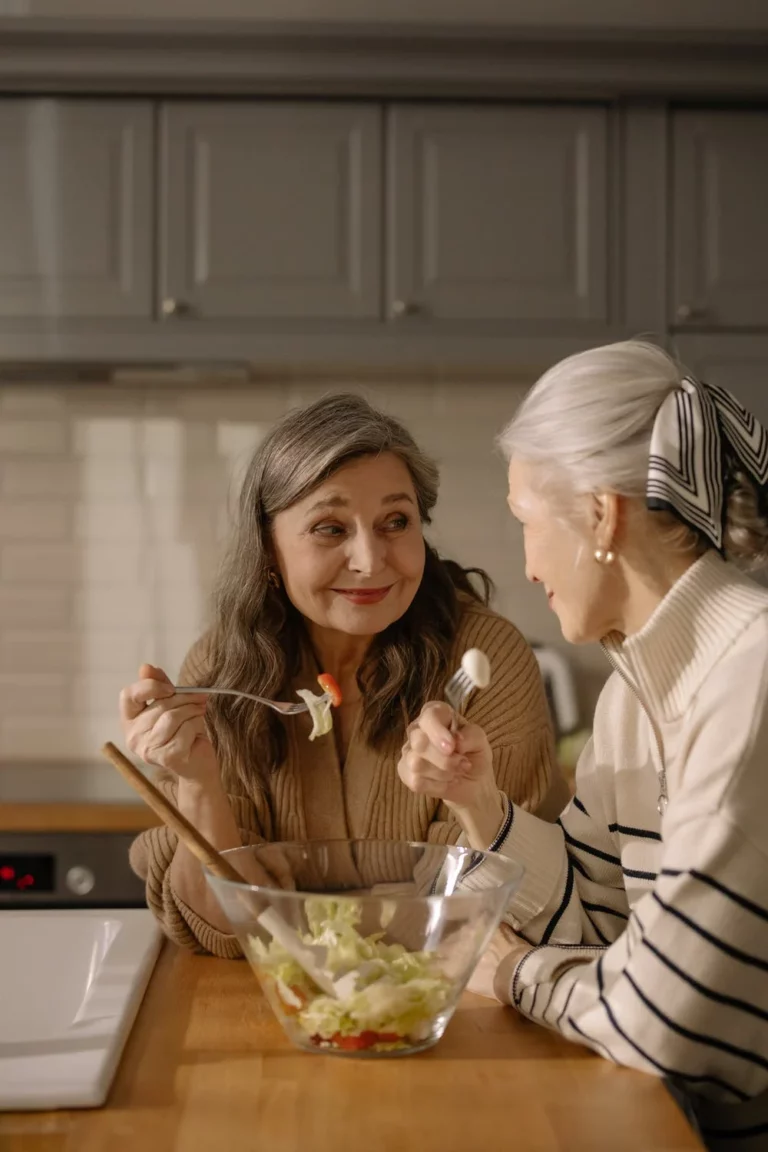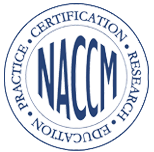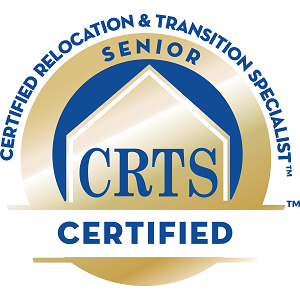Practicing UV Safety in The Summer Months
Summer is in full swing, and with the temperatures continuing to rise, it’s imperative to protect your skin – no matter your age.
However, it’s especially important for older adults to take extra precautions when spending time out in the sun. According to the Skin Cancer Foundation, 1 in 5 Americans will develop skin cancer by the age of 70. That’s why it’s necessary for this group of people to continuously practice UV safety in the summer months.
We want to encourage everyone to get out in the sun, as there are many physical and emotional benefits to sun exposure, but you want to make sure you are also protecting your skin and the skin of your loved ones from harmful UV rays.
Here are some tips to practice UV safety in the summer months:
1. See a Dermatologist at Least Once a Year
It’s important to catch any signs of skin cancer at its early stages, and seeing a dermatologist on a regular basis (we recommend once a year) is crucial. Dermatologists can also recommend great products that fit specific skin types to help protect the skin and keep older adults aging well.
Between dermatologist visits, a self-check after the shower is also a good idea. Be aware of any new blemishes or moles that may pop up. Familiarize yourself with healthy and malignant blemish types and what could be a cancer risk.
2. Apply Sunscreen Often
You should apply sunscreen roughly every two hours according to the CDC. If you are planning on being in the water, you should reapply at a more frequent rate, even if using waterproof sunscreen. You should always use at least a minimum of SPF 30 and consult your doctor if you feel yourself getting burned or believe you are dealing with skin damage from the sun.
When buying sunscreen, look for “broad spectrum” sunscreen, which will help protect from UVA and UVB rays, both of which can cause skin cancers. Also, be sure to check the expiration date on your sunscreens and ensure that they aren’t expired before application.
3. Wear UV Reflective Clothing
UV reflective clothing can be a lifesaver on a hot day. This not only protects you from damaging your skin with sunburn, but can completely protect you from UV rays penetrating your skin.
The AARP suggests that wearing vivid colors can help block the sun’s UV rays better than pale colors. Wearing clothing that is “dry-fit” or meant for outside activities are helpful for protecting your skin from harmful UV rays.
4. Wear a Wide-Brimmed Hat and Sunglasses when Outdoors
According to the CDC, wearing a wide-brimmed hat that covers all sides of the head, including the ears and back of the neck, is the best protection from UV rays and sun damage. Also, tightly woven heavier fabrics such as canvas or burlap will help block the sun from penetrating the skin.
If you wear a baseball cap, be sure to put sunscreen on exposed areas, such as your ears, back of the neck, and shoulders.
Sunglasses can help protect your vision as well as protect the skin around your eyes from UV damage. Be sure to still apply sunscreen on your face even when wearing sunglasses for maximum protection against harmful sun damage.
5. Stay in the Shade as Much as Possible
The best way to protect yourself and your loved ones from potential sun damage and UV rays is to stay out of the sun as much as possible. Whenever possible, bring an awning or an extra umbrella to help protect from the sun. Shade is a great way to keep harmful rays from reaching sensitive skin and reduces the risk for skin cancers and other harmful sun damage.
Keep your entire body shaded from the sun, and try to limit your full-sun exposure as well.
Remember: Even overcast days can produce a bad sunburn. Always protect your skin as much as you can.
In other words, being prepared when you are about to be out in the sun for any period of time is crucial to maintaining healthy skin and aging well without skin issues, such as cancers or blemishes.
For more information about UV safety, geriatric care management, and aging well, get in contact with us. We’ll be happy to answer your questions and provide clarity as you take steps to support your loved ones.














